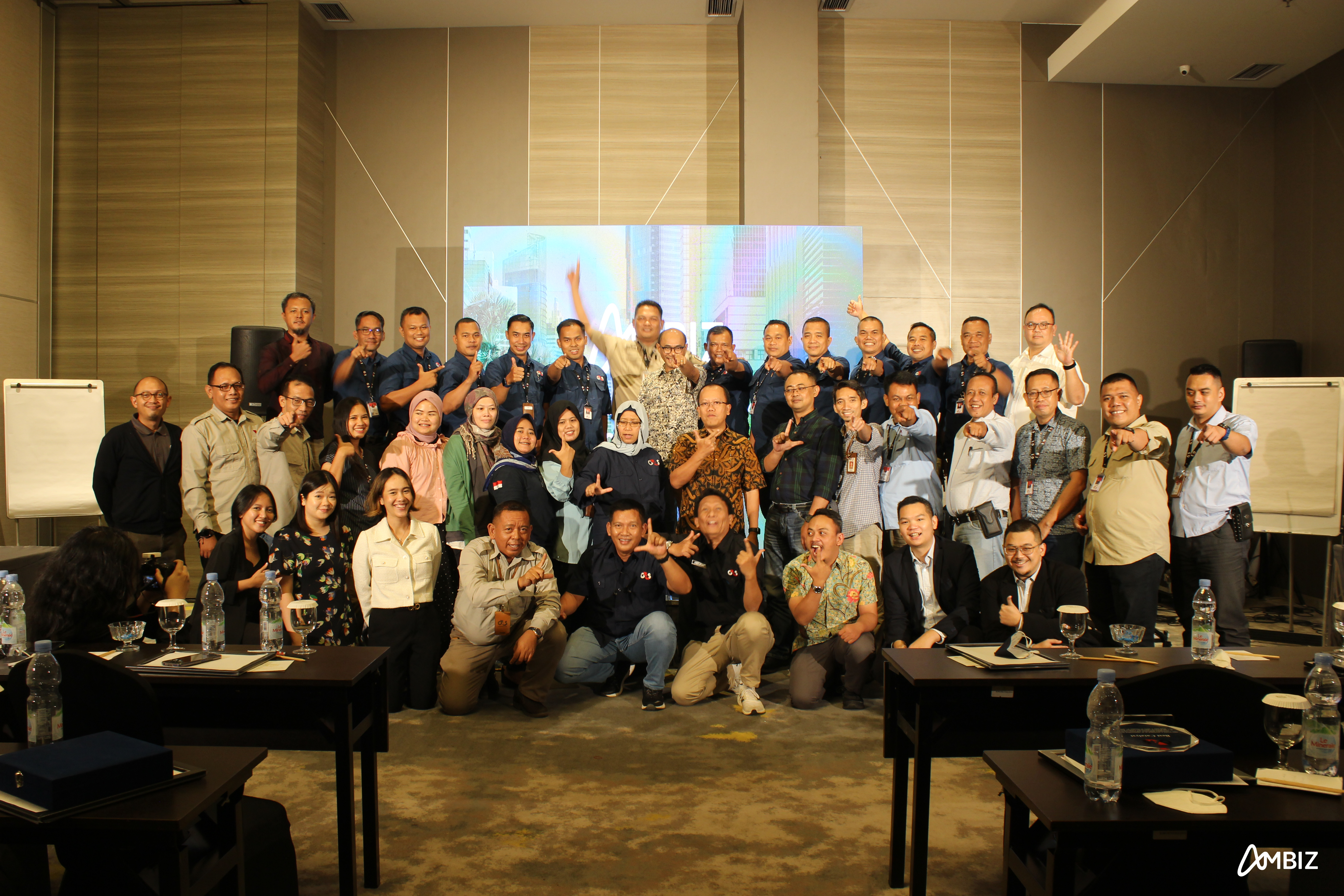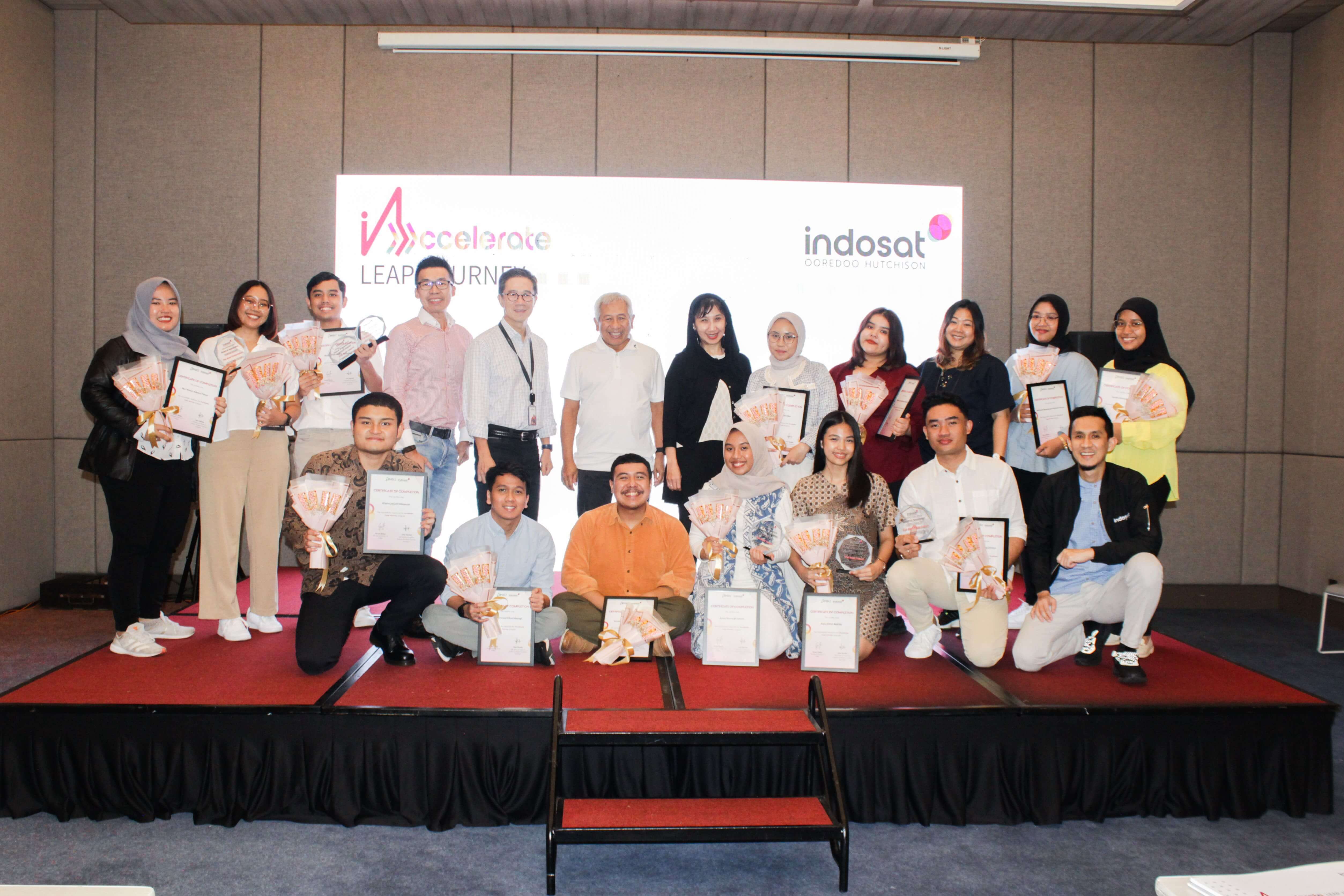But what about the results?
The end goal of our business simulation is to create a good mental model so that
the next time a decision must be made, the best path to
ensure
success can be easily plotted by the
employee. This will, in turn, increase an employee’s decision-making skill in terms of effectiveness
&
efficiency – something that our agility assessment detected as lacking in Indonesia’s human capital
capabilities, especially in terms of enabling others . In other words, we aim to create a “bridge”
that
can connect the gap between training & reality. But does it really work? What made simulation worth
more
than traditional ones?usive. Moreover, it is very challenging to get a specific
snapshot of a company’s workforce agility!
Recently, we had the opportunity to test the simulation on a giant telecommunications company in
Indonesia and the results are overwhelmingly positive both in after-event survey, and practical
usability for future uses. Most participants stated that they have a clearer idea of what really
matters
in the decision-making process, which meant that the simulation succeeded in developing a working,
clear
mental model for them! One theme heard over the course of the simulation was realization. Employees
now
realize what kind of impact their decisions will have on the big picture with clarity.
This has two implications: One, employees are more likely to think about the bigger picture when
making
decisions – two, they gain a considerable competitive advantage over competitors, because the
simulation
improved exactly the trait that most talents in Indonesia still lack: decision-making skills! This
will
in turn create a multiplier effect. Employees will get better at making decisions, thus improving
the
already existing competitive advantage over this trait, while at the same time raising the trait’s
standard even higher – something that is still lacking in Indonesia as a whole!
In conclusion, only 10% of formal, structured learning is going to be effective for employees – the
remaining
90% is gained through hands-on experience (70%) and collaborative interaction (20%). Thus, in order
to
create an effective kind of learning, one must design a learning model that incorporates hands-on
experience
– on which on-the-job training does it best, or, through a valid and reliable simulation that can
create a
clear mental model for employees.









